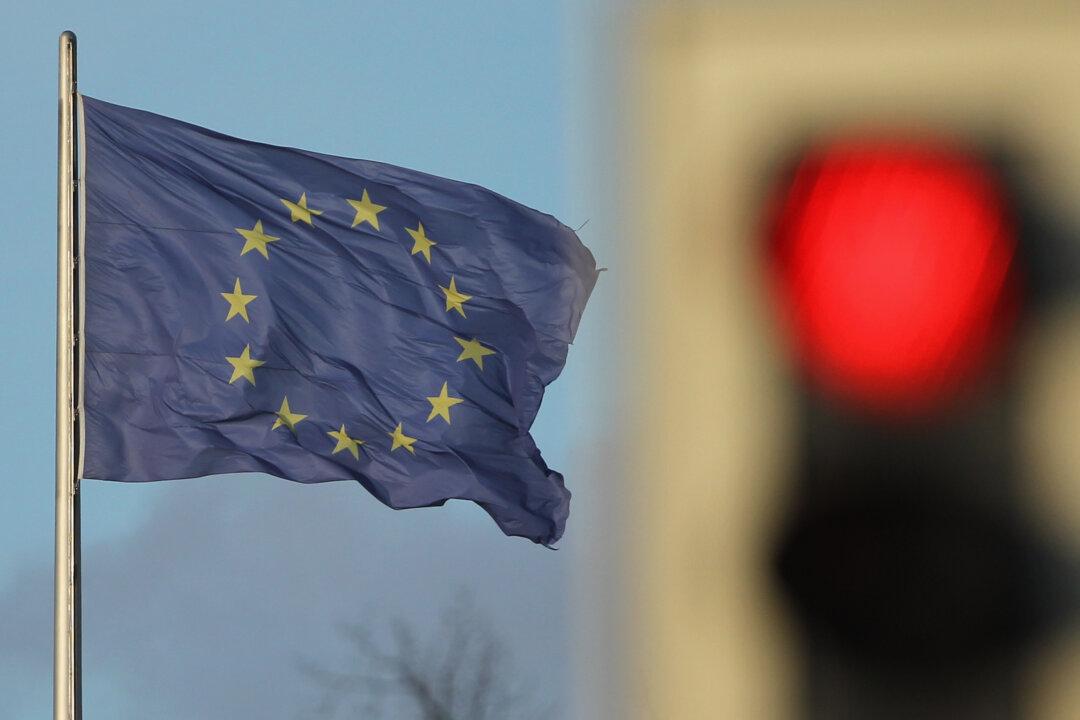The economy of the 20-nation eurozone fell into a technical recession in the first three months of 2023, according to data from the European statistics agency Eurostat published on June 8.
Eurozone gross domestic product (GDP), seasonally adjusted, fell by 0.1 percent in the first quarter compared with the fourth quarter of 2022, according to revised data.





